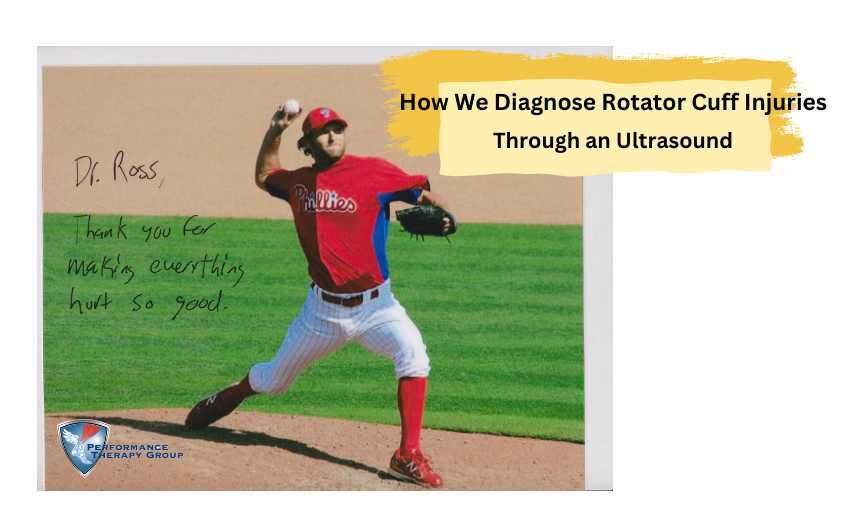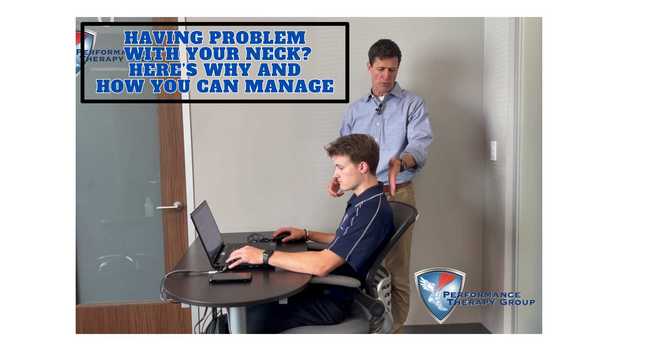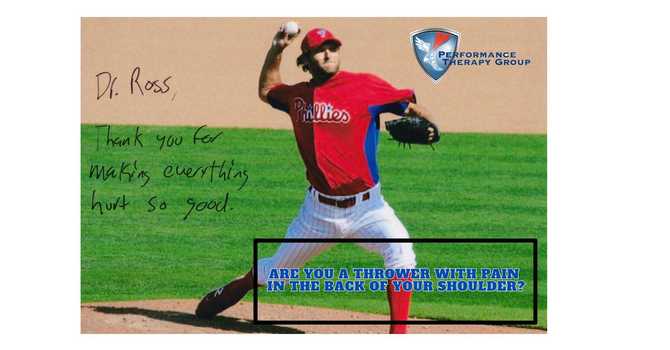
The rotator cuff is a group of muscles and tendons that surrounds, supports, and allows the movements in the shoulder.
Rotator cuff injuries are usually acquired through repeated overhead or repeated motions of the arms like in baseball or tennis, or even in jobs like carpentry, painting, and cleaning windows. It could happen suddenly or right after carrying something heavy.
Symptoms may include:
- Pain and muscle weakness on the overused/injured arm
- Trouble raising the arm or inability to lift the usual weights
- Cracking or popping sounds when moving the arm
In checking our patients we go through the diagnostic ultrasound, looking at the rotator cuff. This can prevent you from having to get an MRI. We can do repeat exams, so you get a good idea of how your rotator cuff looks over time. For instance, if you are pitching in a season or going through a tough season, you can make sure that your rotator cuff stays healthy.
First what we want to do is look at the biceps tendon. We can look to see if there are any spots of concern in the tendons and ligaments. We can also look to see if there is any fluid build-up. We can continue to go through different muscles and structures in the rotator cuff and see what the health of each structure looks like. Overall, this is a good diagnostic technique to determine if someone needs surgery or if they could respond better to conservative care.
*Check out our video to see us going through an actual rotator cuff ultrasound.






